Tenement Tiles
Originally published in Issue 2 of the print magazine, in this article Zan Phee, founder of the Tnmnttiles archive takes us on a tour of wally closes and some of Glasgow’s finest decorative features.
Issue 3 will be out in the final week of June, become a member today to be the first to receive a copy.
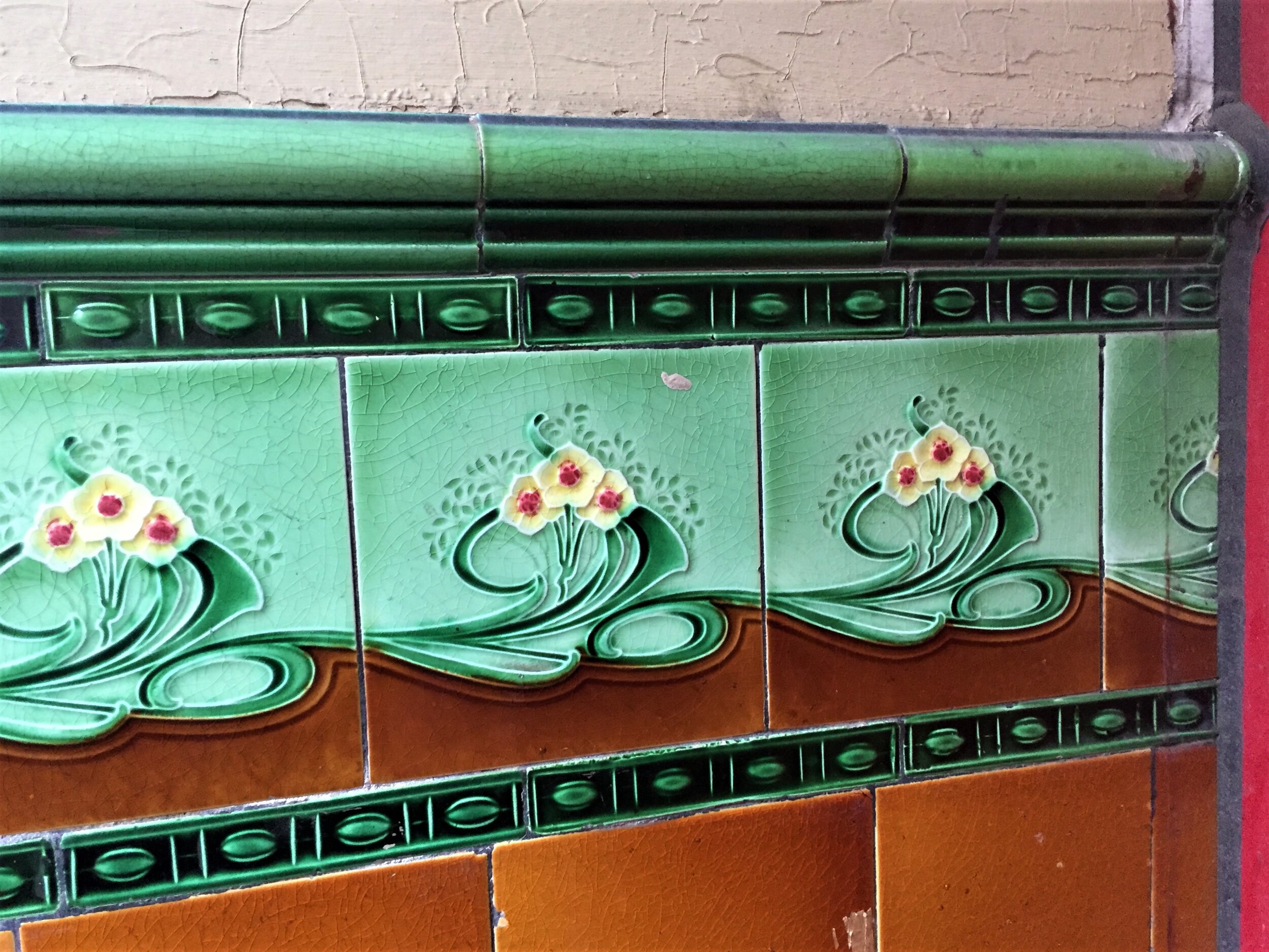

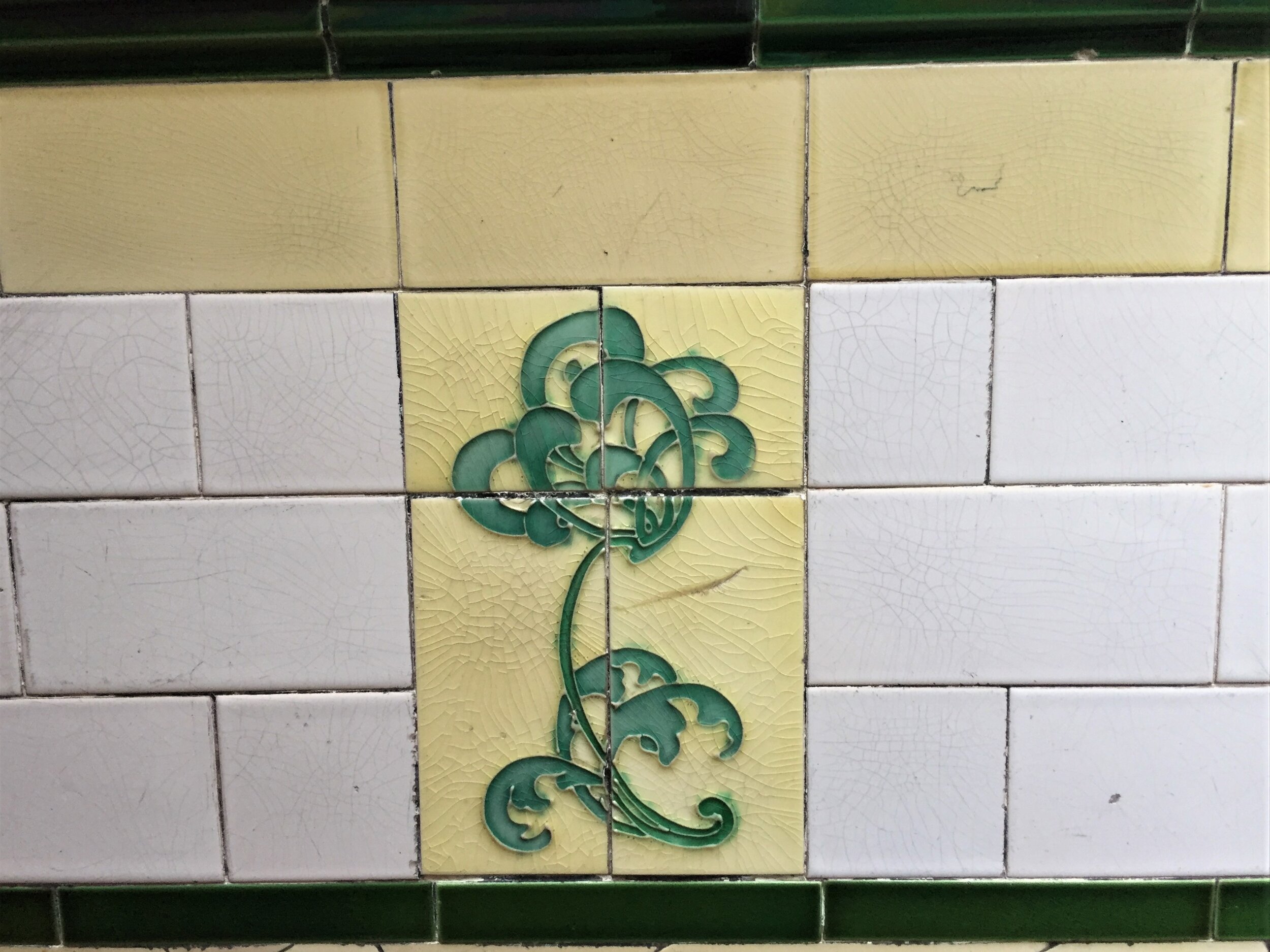
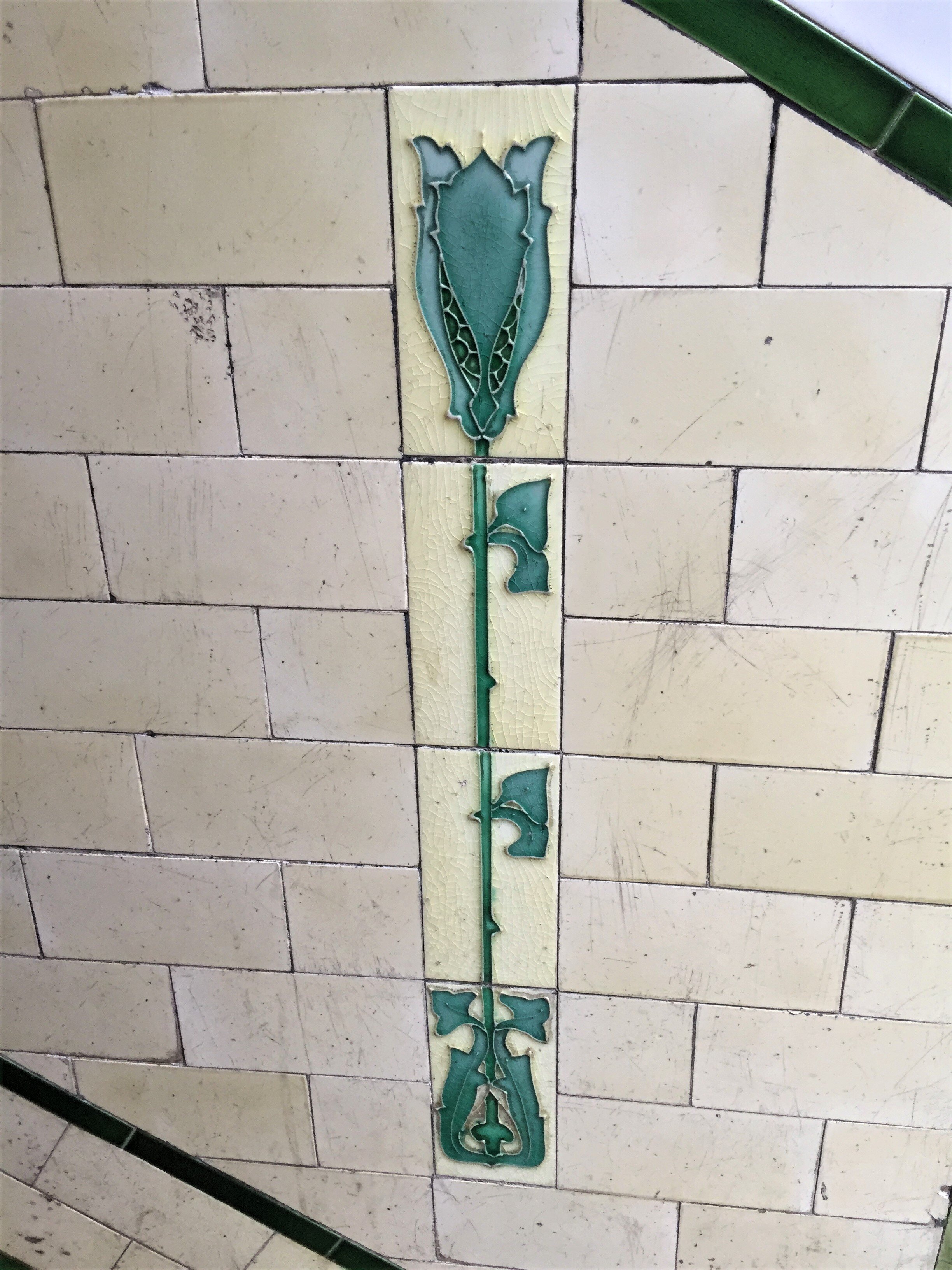
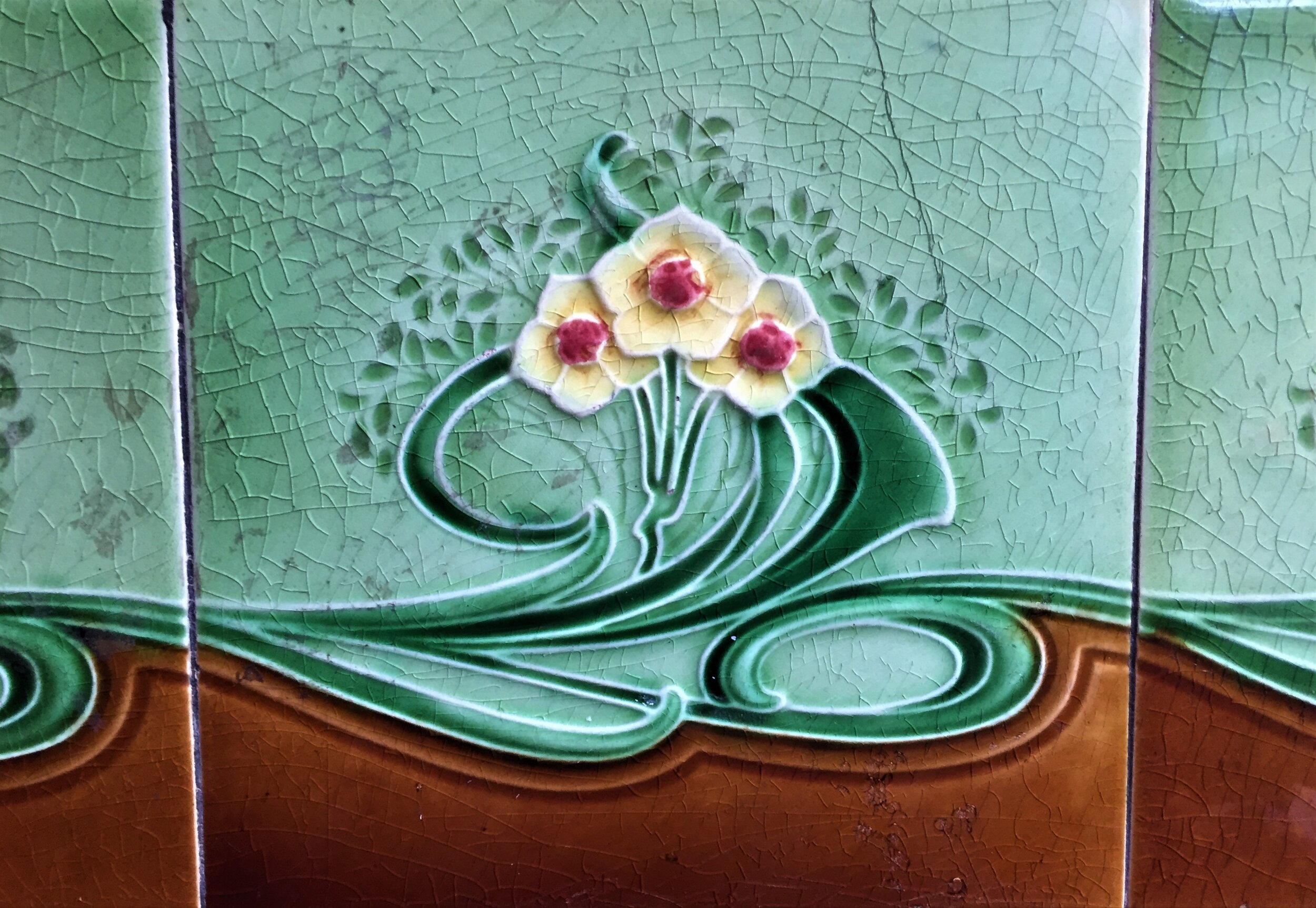
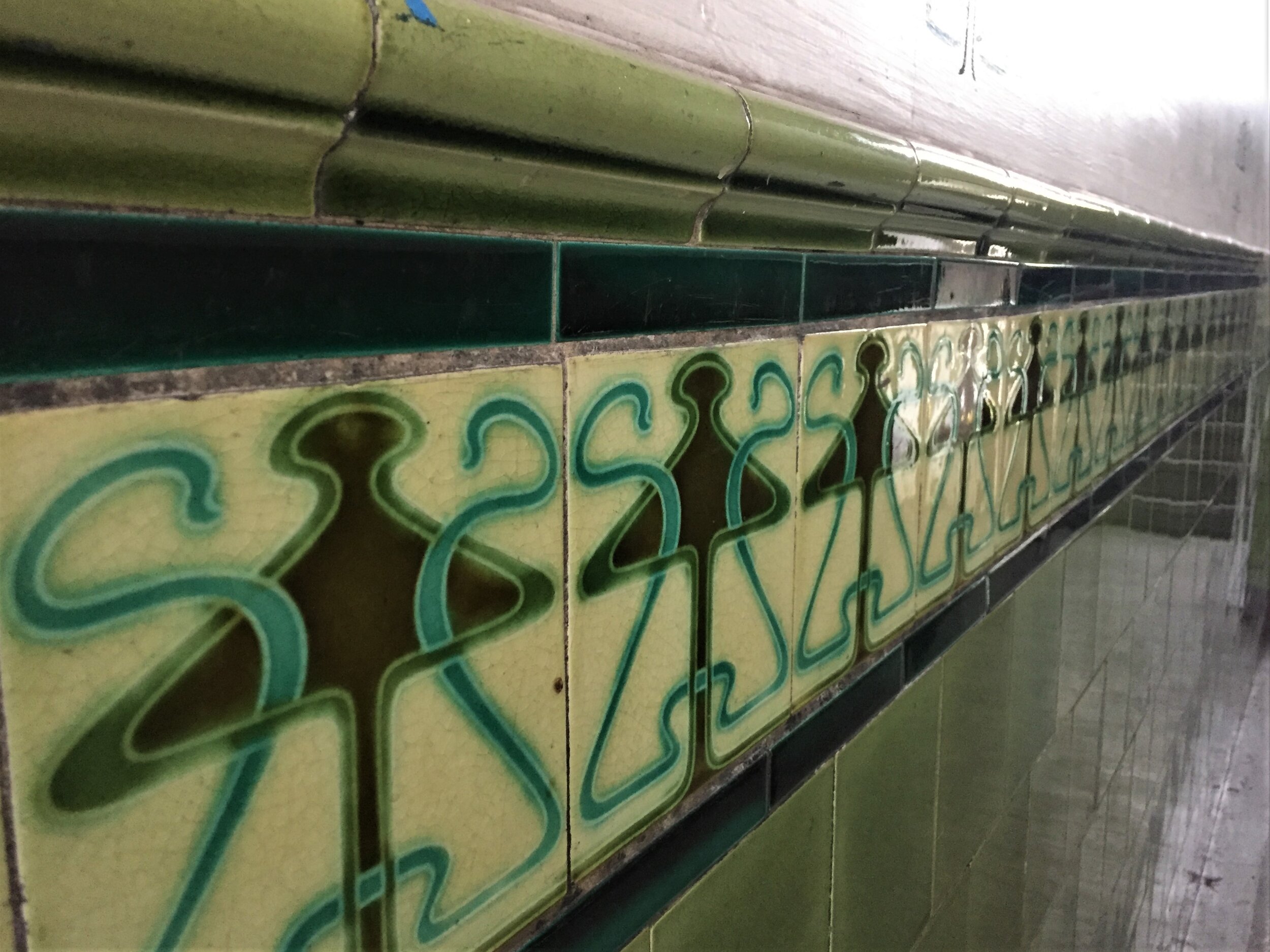
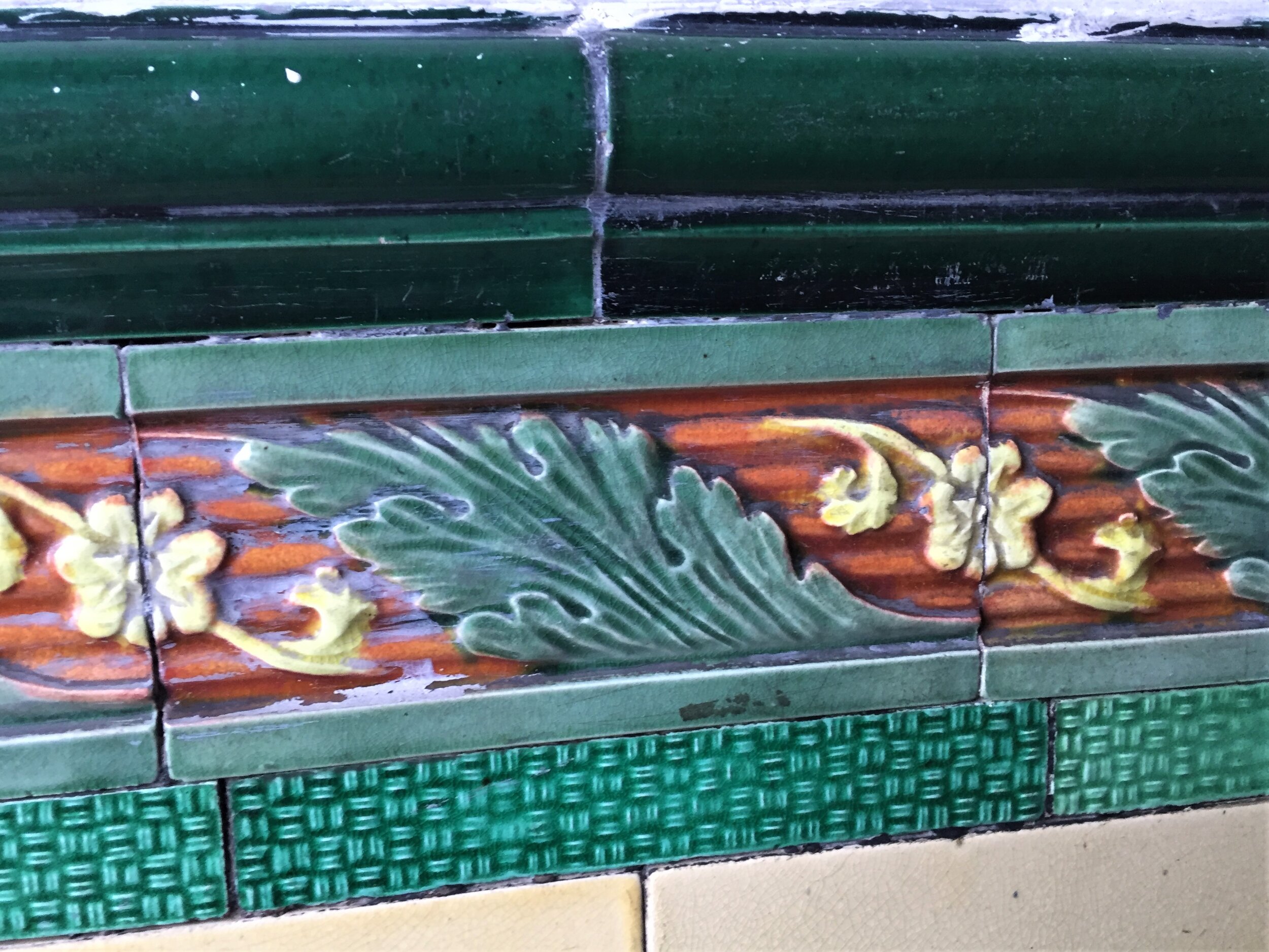
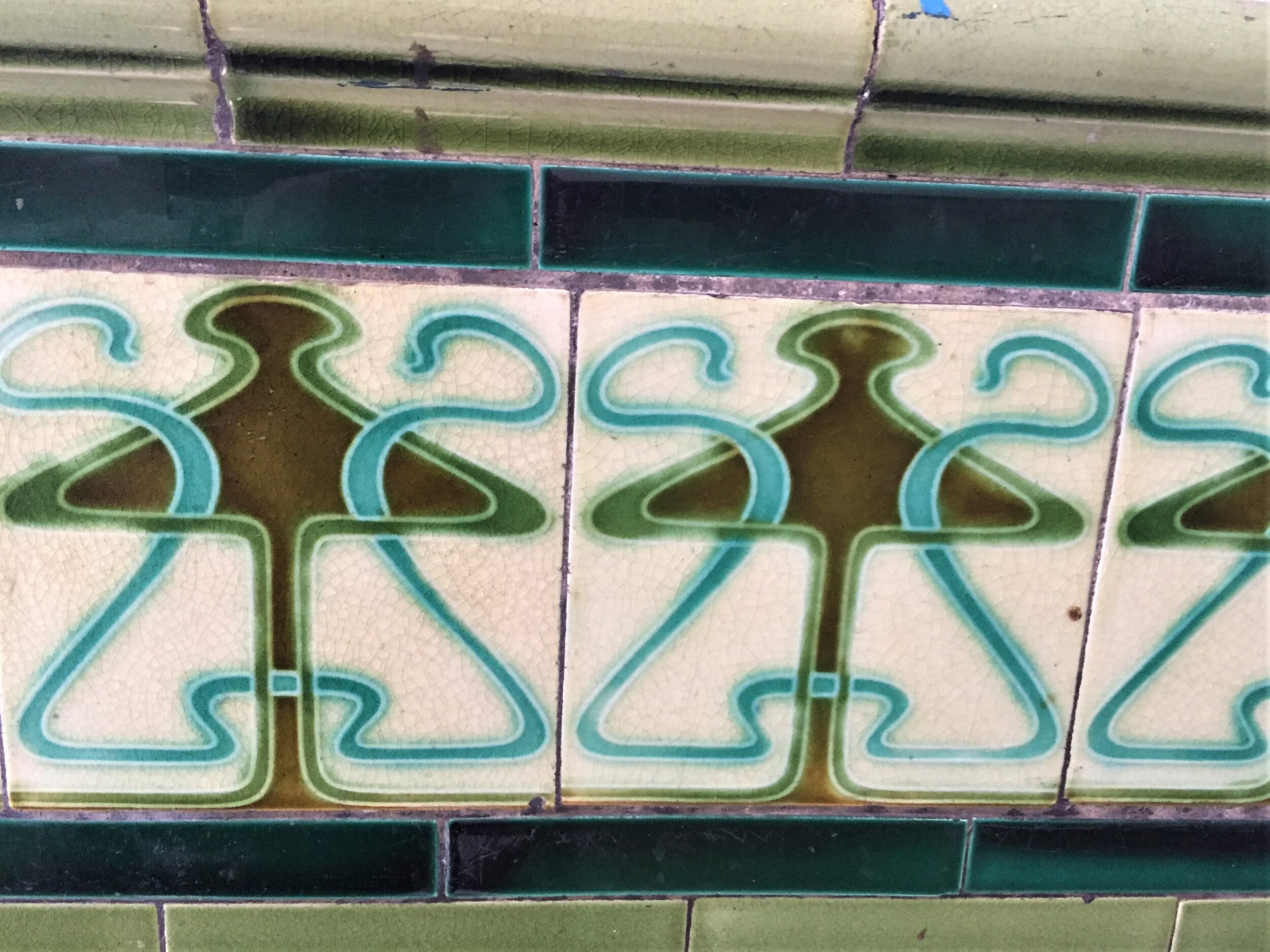
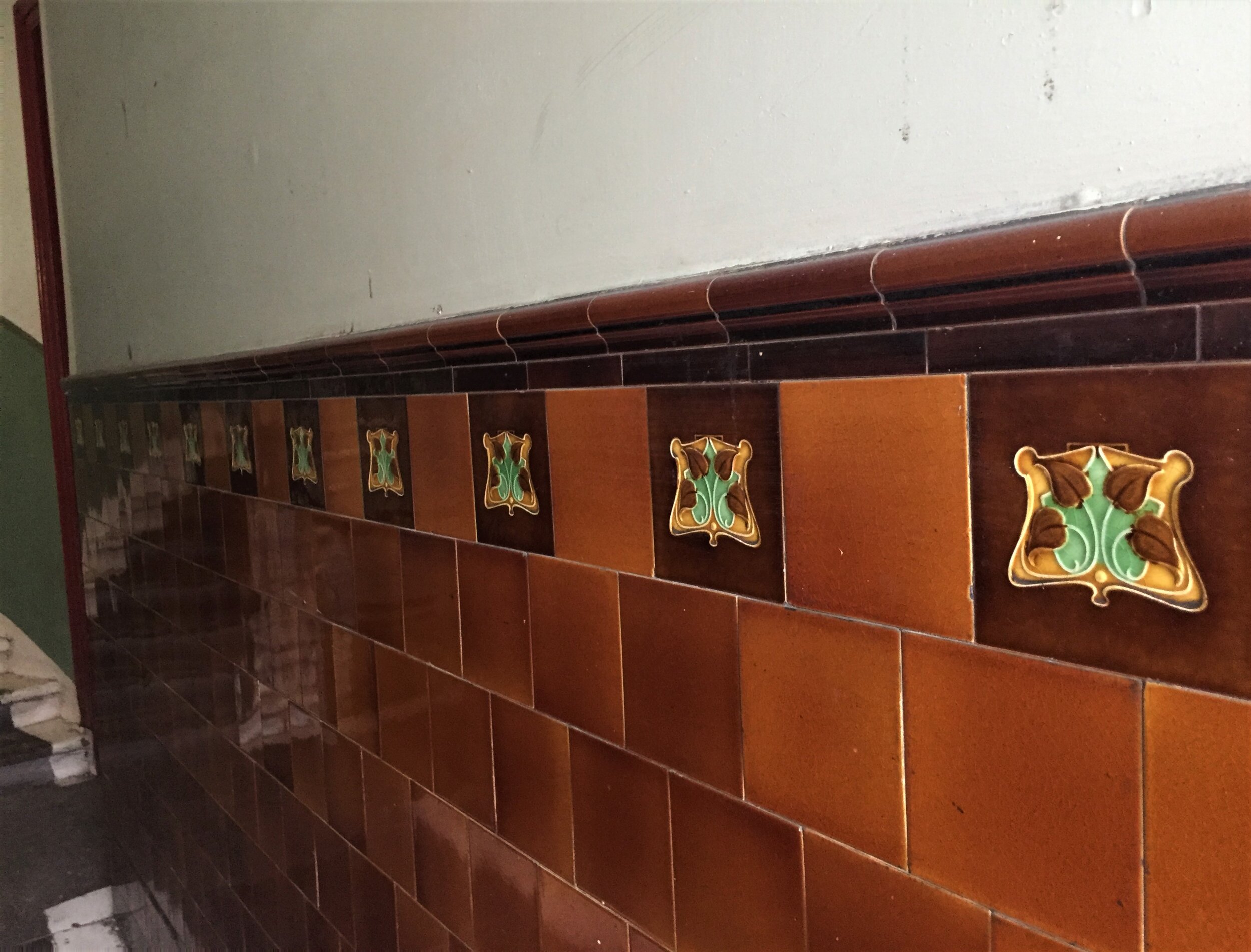
By Zan Phee | Photos by Fablevision Studios
Walking from my front door to the shops, or work, I’m always hoping to find another example of our wondrous tenement architecture. These artistic windows into Glasgow’s industrious past, have sat silently for years, watching the changing shape of this city.
I run the Tnmnttiles online archive, and I’m hoping, with the help of our online community, to turn the spotlight on these shared artefacts. The project has been on the go for almost six years now, collecting photographic examples of original tiles, stained glass, and ironwork within domestic architecture. More commonly known in Glasgow as a ‘wally close’.
The term ‘wally close’ was given in the mid-1800s to tiled entrances of a tenement. The word wally usually referred to something made of white china, such as a wally dug (a ceramic dog statue, usually displayed on a fireplace) or wallies (ceramic false teeth, usually displayed in a smile).
Glasgow tenements are famous around the world over for their grand entrances. From the ornate tiled floors and walls, that lead you to these amazing spiral staircases and past beautiful stained-glass panels, still found in many of Glasgow’s tenements today. Find an area like Glasgow’s southside, dense with tenement living, and you’ll see the difference in condition and styles change from close to neighbouring close.
Govanhill itself is an amazing example of the eclectic styles of tenement design. Many of the tenement closes within this area fall under the untiled category, with thick gloss paint, and cool grey cement floors, but the windows, staircases and banisters all contain original features from its creation over 100 years earlier. When you do come across a tiled entrance, it’s usually of a floral, or leaf design in an art nouveau style.
I’ve been asked on more than a few occasions why some tenements are tiled, when some aren’t? Why some are more ornate than others? After six years, talking with many experts on the subject, I still have no solid answers.
What we do know is, a large majority of tenements were built by business owners of the time. From the 1840s to 1920s, there was a massive influx of families heading into Glasgow for work. These business owners wanted to create a living space for workers, near their factories. A lot of workers would live in the tenements, work in the factories, and have their rent deducted from their wage packets each pay period. I’m not sure if I’d be all that comfortable having a boss as a landlord, but it was a very different time.
It is generally understood, keeping this information in mind, that the style of tile within the tenement close, would often reflect the business you would be working in. So you’ll find many examples of nautical and wheat themed tiles, signifying the ship and baking industries.
But why choose tiles, stained glass, or extravagant staircases at all? There are two lines of thinking here. One is that if you were selling the idea of a home and work life, it’s important to put your best foot forward. Elaborate entrances implied wealth, so if you had a super wally close, more people would want to work for you, and in turn, you’d have a greater choice when hiring.
Another reason, and this one is generally accepted as fact, is that tiles were easy to keep clean. Almost all tenements were open, with no security door, meaning everyone – and everything – had access to the stairwell. Children playing away from the rain, mice from the back garden, drunkards using it as an impromptu bathroom facility. All these things caused an unclean space which, if not tidied regularly, could cause illness. The nicer the wally close, the more pride the residents took in keeping it presentable and clean. The cleaner the area, the less likely an illness would have you off work, or in work spreading sickness among your fellow workers.
As for why some tenements are tiled and some aren’t, the only answer I can find is budget. If the business owner who built those particular flats, didn’t have the money, or in some cases, didn’t wish to spend the money on frills, you would end up with a vanilla version of your neighbours’ fancier stairwell. Over the years I’ve come to appreciate the more basic closes too. What little detailing added, all those years ago, has stood the test of time, and they still have many stories to share.
The tnmnttiles archive project was originally based around only Glasgow tenement examples, but through our social media, we have been sent amazing images from around the world, celebrating the art of traditional craftsmanship. We want to raise awareness of our historical environment and show how best to look after these features. Our aim is that these fragments of our living history will remain for future generations to enjoy.
